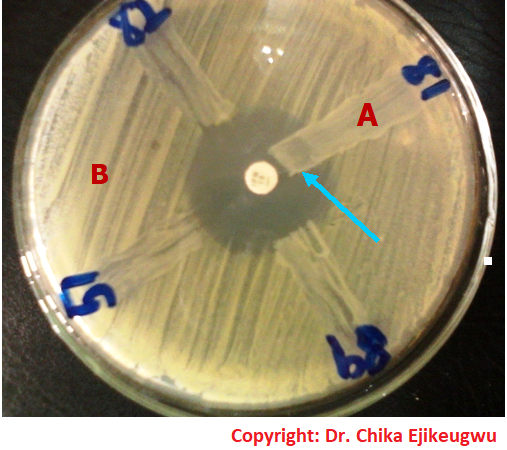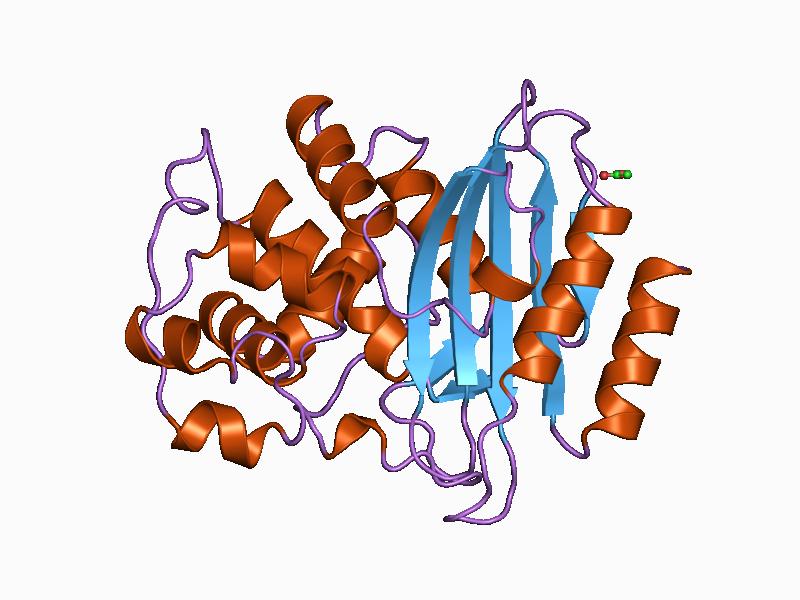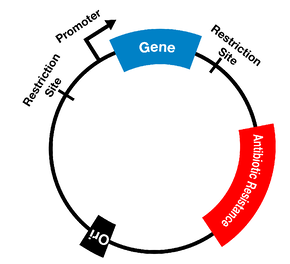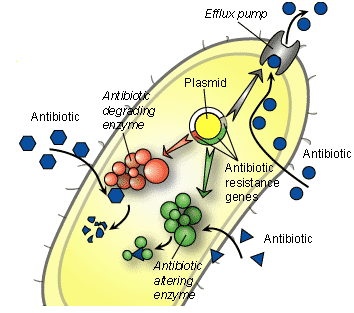MECHANISMS OF TRANSFER OF RESISTANCE GENES IN BACTERIA
Below are some of the major ways through which bacteria pass on their antibiotic resistance genes (ARGs) to other susceptible non–resistant bacteria in their environment: TRANSDUCTION Transduction is simply defined as the transfer of genetic material (i.e. exogenous or foreign DNA molecule) between bacteria by bacteriophages (bacterial viruses). It is the transfer of DNA […]
MECHANISMS OF TRANSFER OF RESISTANCE GENES IN BACTERIA Read More »
Antibiotic Resistance / Antimicrobial Resistance (AMR), Antimicrobial Agents & Antibiotics, Pharmaceutical Microbiology









